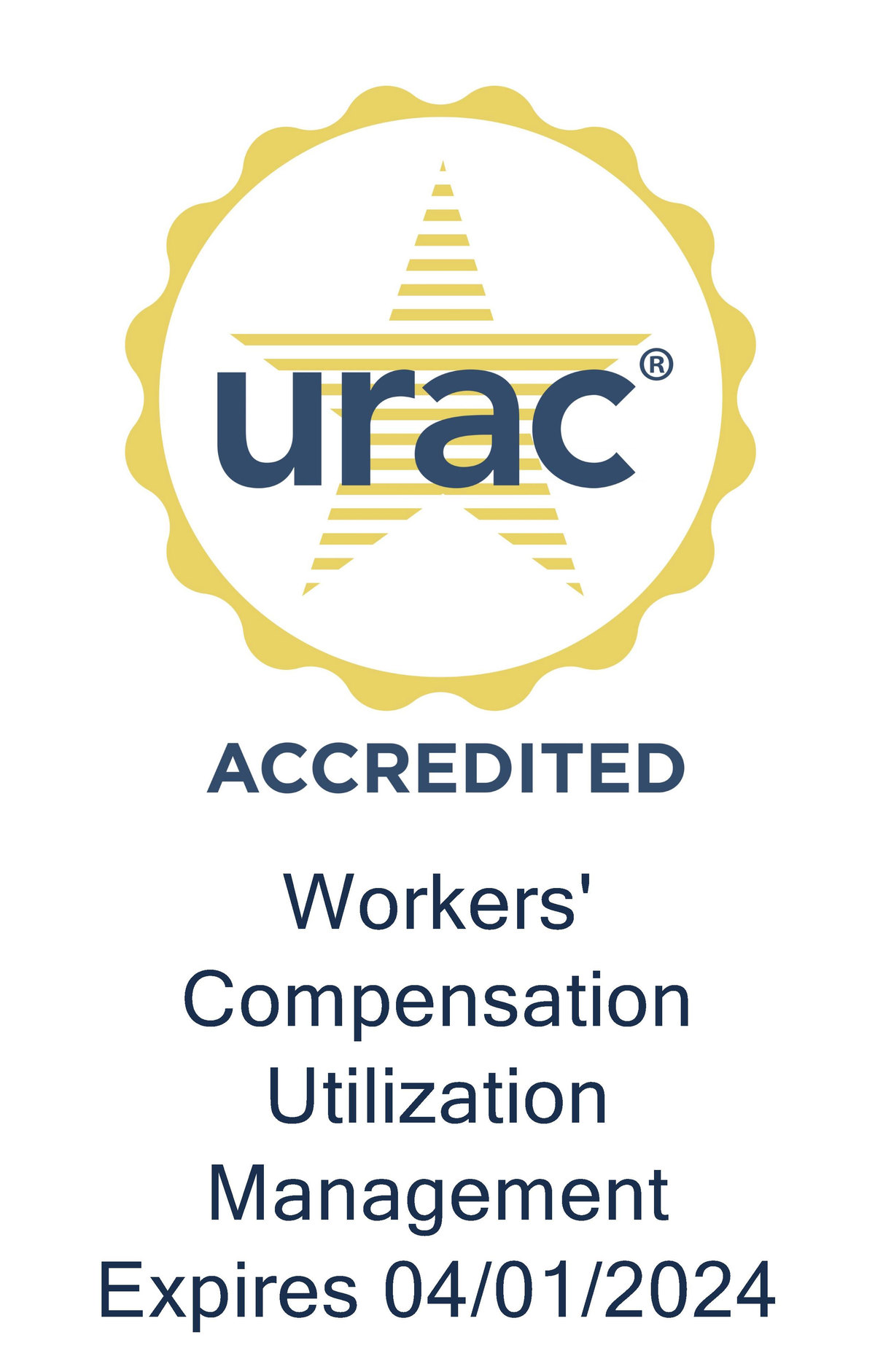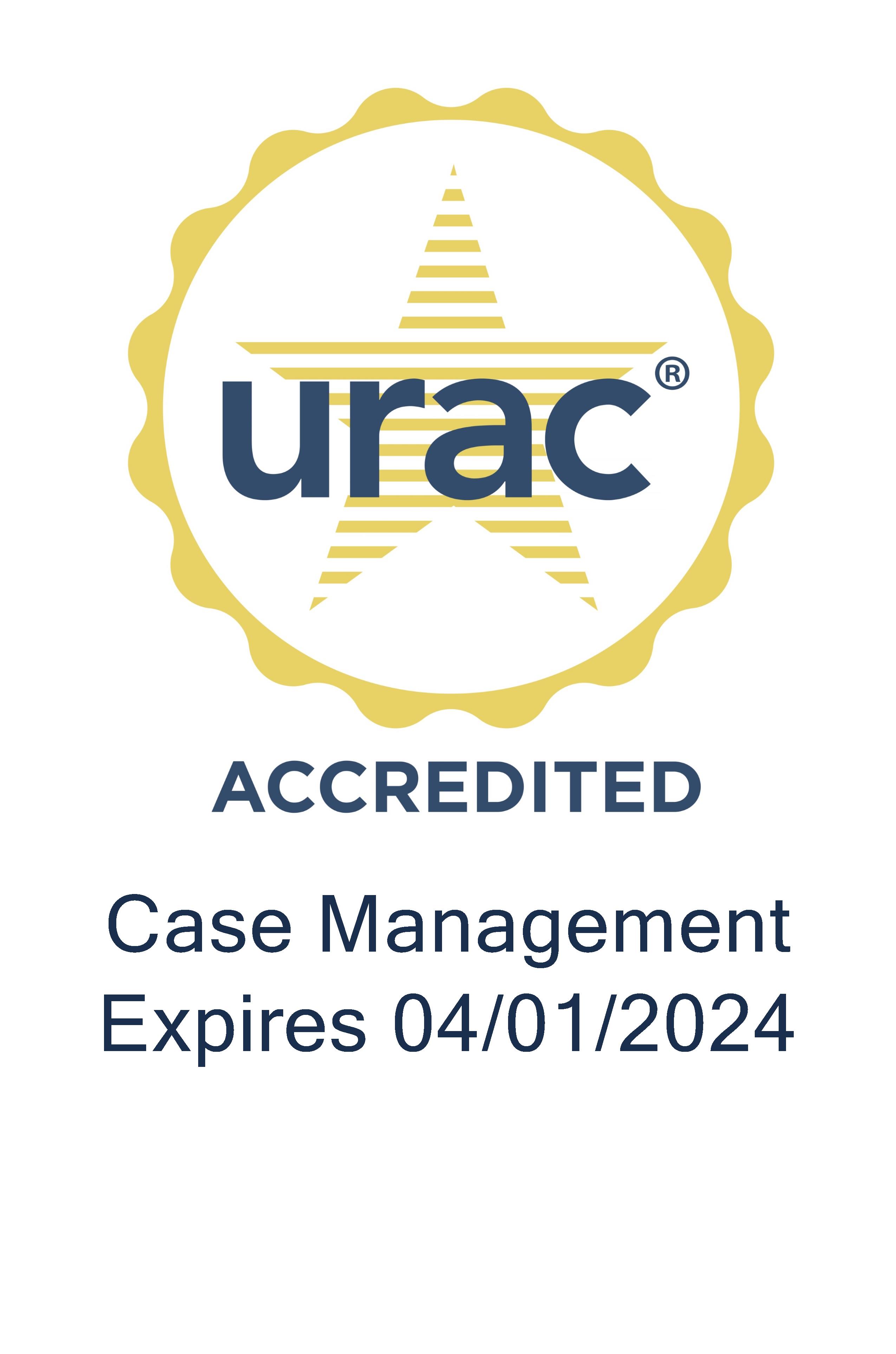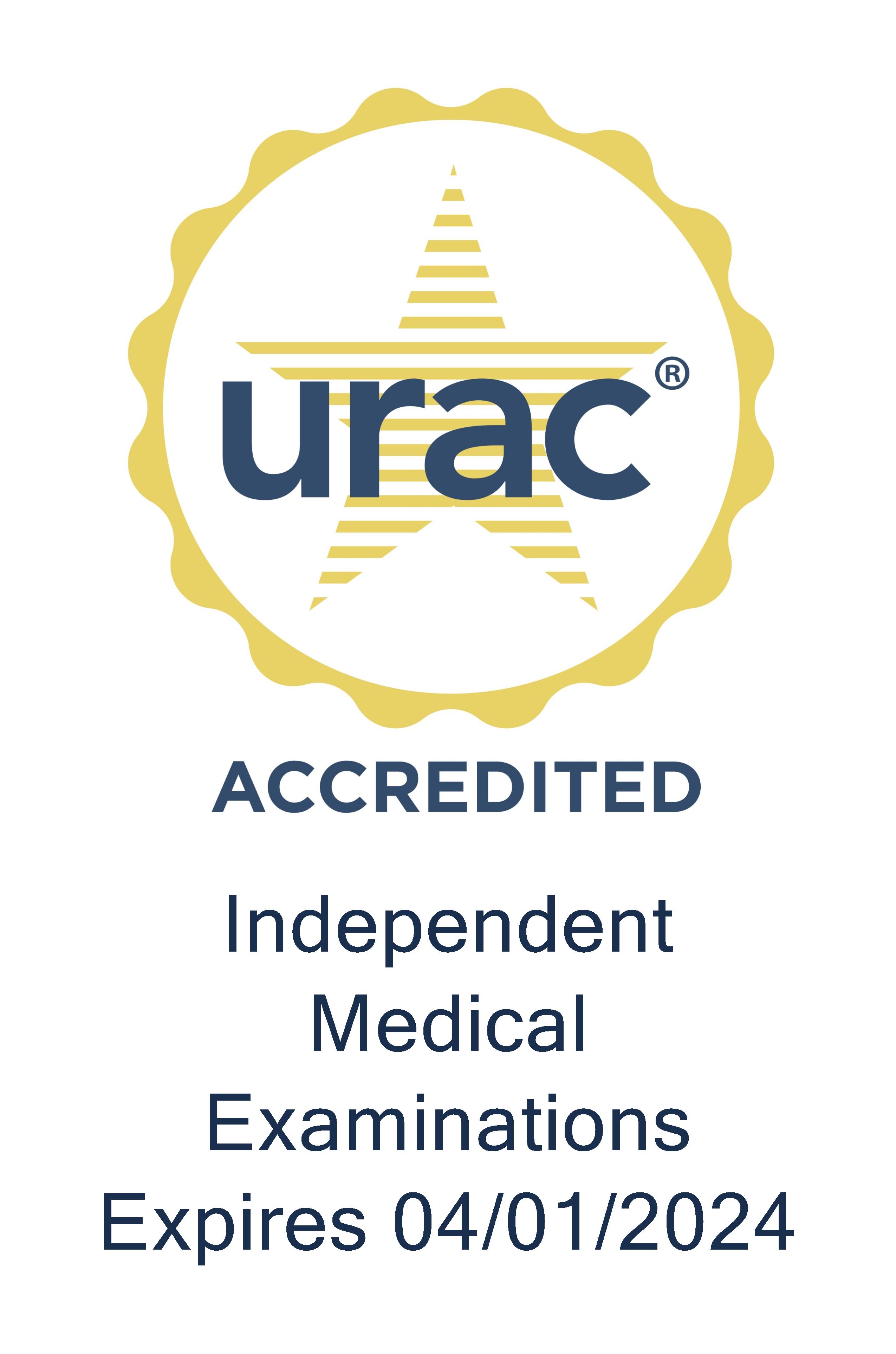Rigorous vs. Permissive UR — Going Beyond the ‘Comfort Level’
When shopping for a utilization review company, it’s important to know what’s behind the price tag. What might seem like a good deal may hurt you down the road if the company hasn’t invested in the right personnel and technology to make the best decisions. In this podcast, Ron Skrocki offers factors to consider to make the right UR vendor choices.
Tom Kerr (TK): I’m Tom Kerr. In part one of our podcast on rigorous vs. permissive utilization review, Ron Skrocki discussed the challenges payers face in finding the right program. Today, we offer solutions to help payers make the right UR choices.
Ron, let’s talk about the personnel who actually conduct the reviews. Is there a really big difference?
Ron Skrocki (RS): Decision‑making that is primarily people‑based, and the people that doing it are typically nurses.
More and more typically, they're not US‑based, they are typically collaborating in an ad hoc, unstructured way with claims examiners. And then, of course, you've got escalation to a specialty match physician for those treatments that you really think need that rigor or need that level of expertise in order to modify or recommend denial of treatment.
That last part of it is connected to the case management process. In other words, case managers actually do some of this work in some models. We think it's important that this process be separate — an objective review of a treatment request in the context of treatment history and the patient's condition.
Recommendations from it should come from a combination of guidelines, mandated by the regulatory environment, evidence‑based, and input from medical directors, and past data. It should be highly automated. It should then be reviewed at a very strong and independent clinical level. Our model would advocate physicians, not nurses, because a lot of what the traditional nurse piece would have been is already in the box.
And then those recommendations should cleanly and quickly come out of the process, and be fed to adjusters and nurses.
TK: So what’s the advantage of using physicians early on in the process?
RS: A lot of these processes don't leverage physician time very efficiently. They either use physicians too much on the second level, they take too much of their time, they're too manually paper‑based, and they cost too much for that.
Our model is optimized for the use of the system to automate, and then a very specifically optimized use of a physician piece when, and only when, it's needed. The total effect of that is faster in terms of the decision for approval, modification, or recommend of not approval.
TK: What factors should companies look for in finding a UR program that works best for them?
RS: You have to understand what the client's trying to accomplish with UR. We can automate a large percentage of these decisions, but our clients have different comfort levels with that. You need to support models in between, where maybe we can agree that I'm not ready to go to as highly as automated without consultation model as maybe the technology supports, and your history and our expertise supports, but I'm willing to get there incrementally. You can begin to tune that down.
The other question that needs to be asked, what's the impact on your medical spend, on your return‑to‑work and your total cost of claims? If you are approving at a very, very high level permissively, and you're doing it in a three‑ to four‑day process, and you're paying a certain rate, you might think that you're doing fine. Your UR expenses aren't going up. “I've not gotten fined by the state."
On the other hand, you might look at a model that is more evolved, more automated, more aggressive, and has higher clinical fidelity in terms of what the system does, versus what physicians do on the first and second levels.
You're going to see higher escalations. You're going to see higher denials or modifications. You're going to see those in the area of medications. You're going to see that in the area of surgeries, diagnostics, and PT. Those are the typically categories that people ask for more than they need. If you want to wring that out, you can do that in a process that virtually reduces the appeals.
The providers know these procedures are not necessary. They are nice‑to‑haves. We have data that shows that when you take them out, you don't cause noise with the providers, you don't cause dissatisfaction with injured workers. You drive down your medical costs, and your total cost to claim.
You can go old school, and remain in there comfortably, or we can start to leverage the learnings, the technology and the insight from an expert in the field.
TK: Thanks, Ron. In our next Inside Workers’ Comp, we’ll take a look at best practices for catastrophic injury management. Until then thanks for listening.






